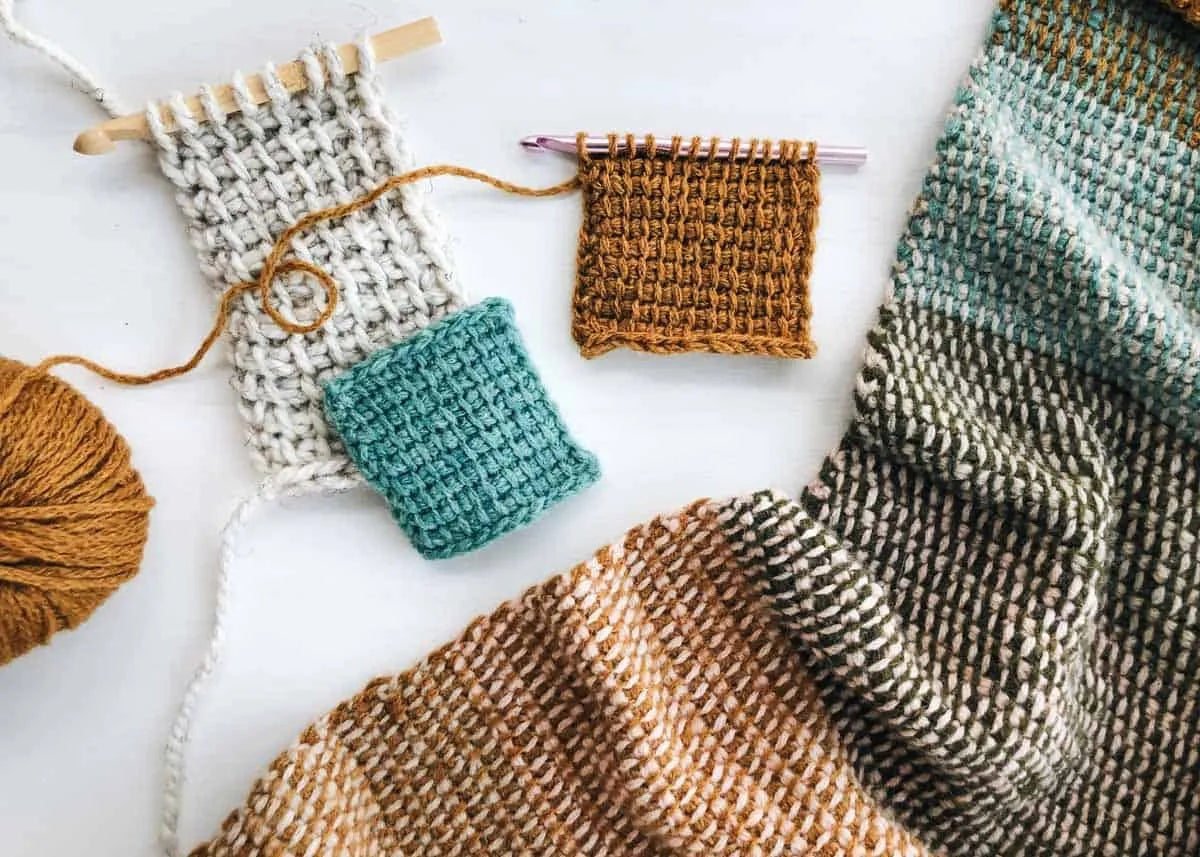
Ultimate Beginner's Guide: How to Tunisian Crochet
|
|
Time to read 6 min
|
|
Time to read 6 min
Table of content
Tunisian crochet is an engaging technique that produces a fabric that is thicker and denser than traditional crochet, resembling knitting in its appearance. This method allows you to create intricate patterns and textures, making it suitable for a wide range of projects, from blankets and garments to accessories and home decor items.
In this guide, we will explore the fundamentals of Tunisian crochet, including its history, materials needed, basic techniques, common stitches, and project ideas. By the end of this guide, you'll be well-equipped to start your Tunisian crochet journey.
Tunisian crochet is a unique form of crochet that involves using a longer hook to hold multiple stitches on the hook at once. Unlike traditional crochet, which works one stitch at a time, Tunisian crochet consists of two main passes: the forward pass and the return pass.
The combination of these two passes creates a dense fabric with a distinct texture that can be manipulated into various patterns.
💡 History of Tunisian Crochet
The origins of Tunisian crochet can be traced back to North Africa and the Mediterranean regions. Historically, it was used for making warm garments and household items. The technique gained popularity in the United States during the 19th century when it was introduced as the "Afghan stitch" due to its use in creating afghans. Today, Tunisian crochet has evolved into a beloved craft with a dedicated community of enthusiasts who appreciate its unique qualities and endless possibilities.
Before diving into Tunisian crochet, gather the following materials:
The TSS is one of the most basic stitches in Tunisian crochet and serves as an excellent starting point for beginners.
This stitch mimics the look of knitting while using a single hook.
The TPS creates a textured fabric that resembles traditional purling in knitting.
Reading patterns can be challenging for beginners but becomes easier with practice:



